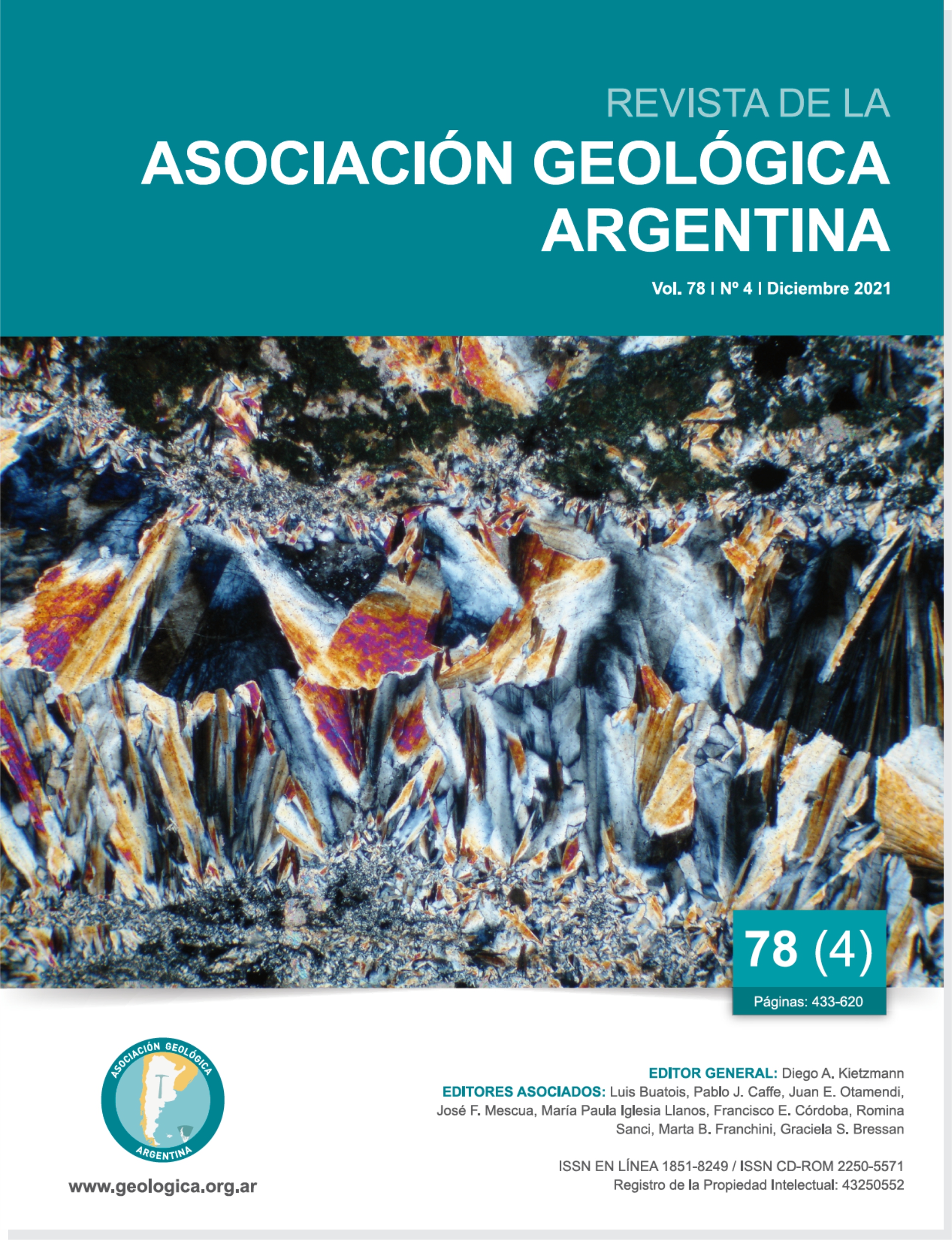Landslides and basin analysis as basis for the alternatives trace selection of a mountain road. Case study: 150 route, Cuesta del Viento-Pachimoco. San Juan, Argentina
Main Article Content
Abstract
Landslides of climatic origin, mainly flows, are the most frequent processes in the world. In this work, some basin morphometric analysis, theoretical maximum peak discharge is calculated and an inventory of landslides (debris flow/ flood or hyperconcentrated) is carried out, in order to evaluate landslides occurrence for the selection of alternative trace of a mountain road. The chosen area includes a stretch of National Road No. 150 on a PreAndes sector between Cuesta del Viento – Pachimoco. The results show that the occurrence of these processes is mainly determined by the steep slopes and heavy seasonal rains and turns it into a potentially hazardous area with possibilities of high levels of destruction. Finally, the Melton ratio number has been a key morphometric index to discriminate river basins susceptible to the occurrence of different types of flows.
Article Details

This work is licensed under a Creative Commons Attribution-NonCommercial 4.0 International License.
Nota de copyright
Los autores conservan los derechos de autor y garantizan a la revista el derecho de ser la primera publicación del trabajo licenciado según una licencia de atribución Creative Commons que permite a otros compartir el trabajo con el reconocimiento de la autoría y de la publicación en la que se publicó por primera vez.
Declaración de privacidad
Los nombres y direcciones de correo electrónico introducidos en esta revista se usarán exclusivamente para los fines declarados por esta revista y no estarán disponibles para ningún otro propósito u otra persona.

